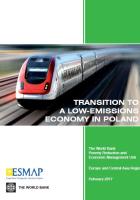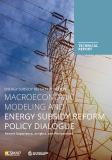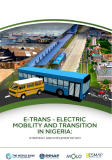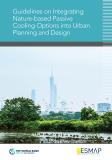Publications

This study on Poland is part of the World Bank’s series of low-carbon growth studies. It poses the question of how Poland, an EU member state, an industrialized "Annex I" country for the purposes of international climate discussions,1 and an OECD member, can transition to a low emissions economy as successfully as it underwent transition to a market economy in the early 1990s. The case of Poland and the methodology used also offers numerous insights on other emerging economies that are exploring ways to accelerate low carbon development.
With a broad consensus that global coordinated action is needed to prevent dangerous climate change (estimated to cost about 1 percent of global GDP) and with EU policies on climate change already in place, Poland faces immediate policy challenges. Could the country commit to more ambitious overall greenhouse gas mitigation targets for the longer term—to 2030 and beyond? What technological options are available, and how expensive are they compared with existing technologies? Would there be high costs in lost growth and employment?
Over a shorter horizon, to 2020, what are the implications for Poland of implementing EU policies on climate change? The report addresses these questions while advancing the approach of the Bank’s low carbon studies by integrating ‘bottom-up’ engineering analysis with ‘top-down’ economy-wide modeling.
The main findings of the report are:
• Poland can cut its greenhouse gas emissions by almost a third by 2030 by applying existing technologies, at an average cost of €10 to 15 per ton of carbon dioxide equivalent3 abated.
• Costs to the economy will peak in 2020; but by 2030, the shift towards low emissions will augment growth. Overall, this abatement will lower GDP by an average one percent through 2030 from where it otherwise would have been.
• The economic cost in output and employment of Poland’s required abatement by 2020 under EU rules is higher than for the average EU country; and the restrictions on emissions trading between sectors aggravate that cost.
• The energy sector currently generates near half of Poland’s emissions; but the transport sector—with precipitous growth and the need for behavioral change in addition to the adoption of new technologies—may end up posing the tougher policy challenge.



